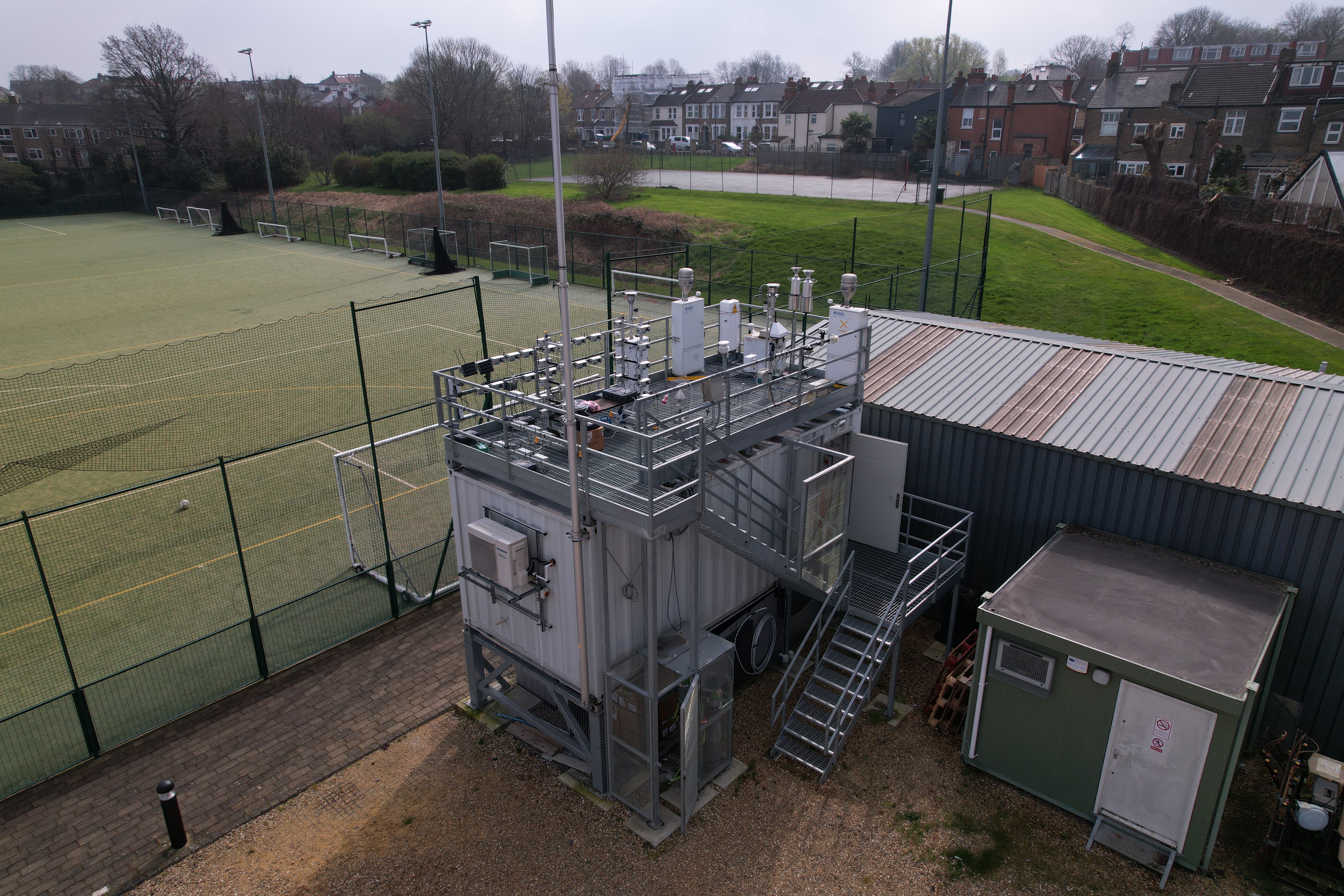Assessing the Impact of Non-exhaust Emissions from Traffic on the Asthmatic Airway (IONA)

Assessing the Impact of Non-exhaust Emissions from Traffic on the Asthmatic Airway (IONA), is funded by the US Health Effects Institute (HEI). In this study, participants with mild to moderate asthma will ride stationary bicycles on in three locations in London (a busy road characterized by stop-and-go traffic, a high speed continuously trafficked road, and an urban background location) to measure how exposure to traffic with different mixtures of non-tailpipe and tailpipe emissions affects lung function of asthmatic adults.
Previous in vitro studies on dendritic cells and airway macrophages indicated enhanced immune responses, consistent with a worsening of asthma symptoms, with the coarse particulate fraction (PM2.5-10) of urban air, a fraction known to be enriched with non-tailpipe constituents.
People with asthma represent a major vulnerable group. Asthma is globally the most prevalent long-term condition, strongly impacted by air pollution, affecting adults and children, with major morbidity disproportionately affecting disadvantaged and minoritized ethnic populations. The asthmatic airway provides an exquisitely sensitive model to assess health impacts of non-tailpipe emissions.
To date, no research has explored whether real-world non-exhaust emissions are causally related to worsening of asthma. The new study aims to:
- Deliver the first study to quantify the acute airway responses of asthmatics to non-exhaust emissions under real world urban conditions
- Establish a source apportioned time series of PM2.5 and PM10, including of non-exhaust and exhaust emissions, at key selected London trial sites.
- Examine the relationship between exposure to non-exhaust and exhaust emission estimates of the airway dose following exposure.
- Define the relationship between non-exhaust PM and the induction of Th2 and Th17 type inflammation in the asthmatic airway.
- Establish a bio-bank of samples to support future HEI-sponsored research in this area.
PI: Dr Ian Mudway



